Chapter: Essentials of Anatomy and Physiology: Endocrine System
Adrenal Glands - Endocrine Glands and Their Hormones
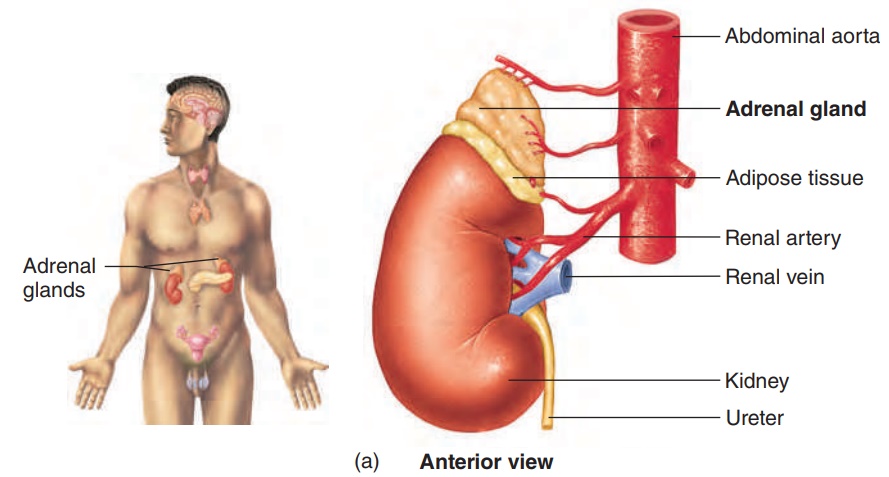
Adrenal Glands
The adrenal (ă-drē′ năl; near or on the kidneys) glands are two small glands located superior to each kidney (figure 10.18a; table 10.2). Each adrenal gland has an inner part, called the adrenal medulla (marrow, or middle), and an outer part, calledthe adrenal cortex (bark, or outer). The adrenal medulla and the adrenal cortex function as separate endocrine glands.

Adrenal Medulla
The principal hormone released from the adrenal medulla is epinephrine (ep′i -nef′rin;epi,upon+nephros,kidney), oradrenaline (ă-dren′ă-lin; from the adrenal gland). Small amountsof norepinephrine (nōr′ ep-i-nef′ rin) are also released. The adrenal medulla releases epinephrine and norepinephrine in response to stimulation by the sympathetic nervous system, which becomes most active when a person is excited or physically active (figure 10.19). These hormones bind to membrane-bound recep-tors in their target tissues. Stress and low blood glucose levels can also cause increased sympathetic stimulation of the adrenal medulla. Epinephrine and norepinephrine are referred to as the fight-or-flight hormones because of their role in preparing thebody for vigorous physical activity. The major effects of the hor-mones released from the adrenal medulla are
1. Increases in the breakdown of glycogen to glucose in the liver, the release of the glucose into the blood, and the release of fatty acids from adipose tissue. The glucose and fatty acids serve as energy sources to maintain the body’s increased rate of metabolism.
2. Increased heart rate, which causes blood pressure to rise
3. Stimulation of smooth muscle in the walls of arteries supplying the internal organs and the skin, but not those supplying skeletal muscle. Blood flow to internal organs and the skin decreases, as do the functions of the internal organs. Blood flow through skeletal muscles increases.
4. Increased blood pressure due to smooth muscle contraction in the walls of blood vessels in the internal organs and the skin
5. Increased metabolic rate of several tissues, especially skeletal muscle, cardiac muscle, and nervous tissue
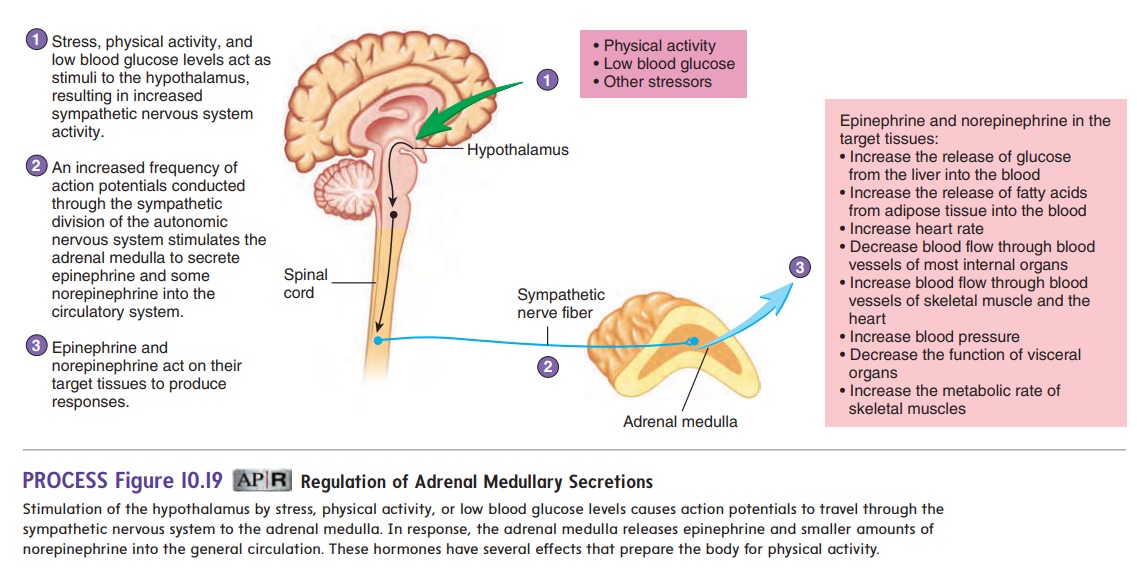
Responses to hormones from the adrenal medulla reinforce the effect of the sympathetic division of the autonomic nervous system. Thus, the adrenal medulla and the sympathetic division function together to prepare the body for physical activity and to produce the fight-or-flight response and many other responses to stress.
Adrenal Cortex
The adrenal cortex secretes three classes of steroid hormones: min-eralocorticoids, glucocorticoids, and androgens. The molecules of all three classes of steroid hormones enter their target cells and bind to nuclear receptor molecules. However, the hormones and the receptors of each class have unique structural and functional characteristics.
The first class of hormones, secreted by the outer layer of the adrenal cortex, the mineralocorticoids (min′ er-al-ō-kōr′ ti-koydz), helps regulate blood volume and blood levels of K+ and Na+. Aldosterone (al-dos′ter-ōn) is the major hormone of this class(figure 10.20). Aldosterone primarily binds to receptor molecules in the kidney, but it also affects the intestine, sweat glands, and salivary glands. Aldosterone causes Na+ and water to be retained in the body and increases the rate at which K+ is eliminated.
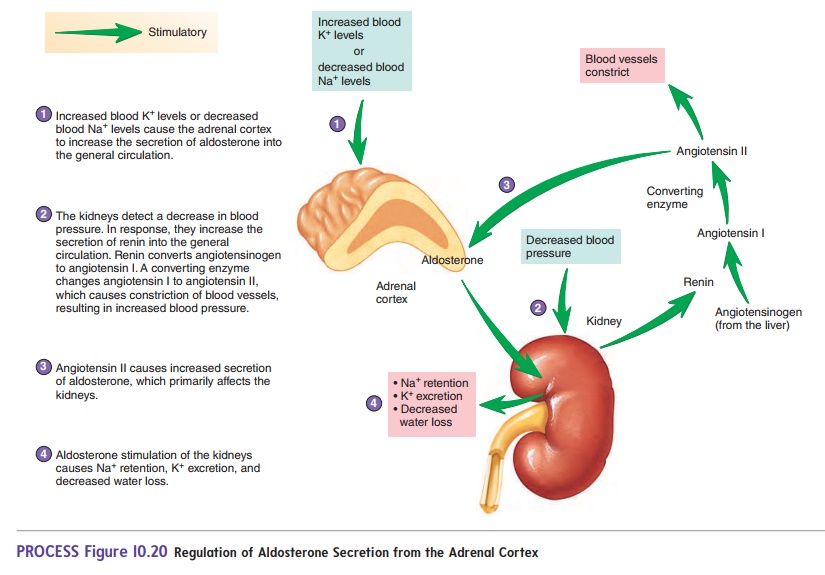
Blood levels of K+ and Na+ directly affect the adrenal cortex to influence aldosterone secretion. The adrenal gland is much more sensitive to changes in blood K+ levels than to changes in blood Na+ levels. The rate of aldosterone secretion increases when blood K+ levels increase or when blood Na+ levels decrease.
Changes in blood pressure indirectly affect the rate of aldo-sterone secretion. Low blood pressure causes the release of a pro-tein molecule called renin (rē′ nin) from the kidney. Renin, which acts as an enzyme, causes a blood protein called angiotensinogen (an′ j ē-ō-ten-sin′ ō-jen) to be converted to angiotensin I (an-jē-ō-ten′ sin). Then, a protein called angiotensin-converting enzyme causes angiotensin I to be converted to angiotensin II. Angiotensin II causes smooth muscle in blood vessels to constrict, and angioten-sin II acts on the adrenal cortex to increase aldosterone secretion. Aldosterone causes retention of Na+ and water, which leads to an increase in blood volume (figure 10.20). Both blood vessel constriction and increased blood volume help raise blood pressure.
The second class of hormones, secreted by the middle layer of the adrenal cortex, the glucocorticoids (gloo-kō-kōr′ ti-koydz), helps regulate blood nutrient levels. The major glucocorticoid hormone is cortisol (kōr′ ti-sol), which increases the breakdown of proteins and lipids and increases their conversion to forms of energy the body can use. For example, cortisol causes the liver to convert amino acids to glucose, and it acts on adipose tissue, caus-ing lipids to be broken down to fatty acids. The glucose and fatty acids are released into the blood, taken up by tissues, and used as a source of energy. Cortisol also causes proteins to be broken down to amino acids, which are then released into the blood.
Cortisol reduces the inflammatory and immune responses. A closely related steroid, cortisone (kōr′ ti-sōn), or other similar drugs are often given to reduce inflammation caused by inju-ries. Cortisone can also reduce the immune and inflammatory responses that result from allergic reactions or abnormal immune responses, such as rheumatoid arthritis or asthma.
In response to stressful conditions, cortisol is secreted in larger than normal amounts; thus, it aids the body by providing energy sources for tissues. However, if stressful conditions are prolonged, the immune system can be suppressed enough to make the body susceptible to stress-related conditions (see Clinical Impact, “Hormones and Stress”).
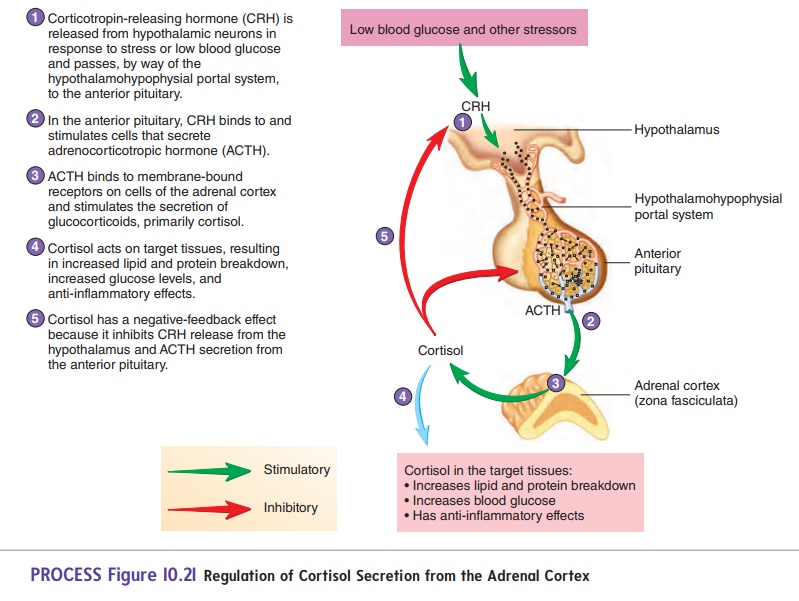
Adrenocorticotropic hormone (ACTH) molecules from the anterior pituitary bind to membrane-bound receptors and regulate the secretion of cortisol from the adrenal cortex in the process depicted in figure 10.21. When blood glucose levels decline, cortisol secretion increases. The low blood glucose acts on the hypothalamus to increase the secretion of the ACTH-releasing hormone, which, in turn, stimulates ACTH secretion from the anterior pituitary. ACTH then stimulates cortisol secretion. Without ACTH, the adrenal cortex atrophies and loses its ability to secrete cortisol.
The third class of hormones, secreted by the inner layer of the adrenal cortex, is composed of the androgens (an′ drō-jenz), which stimulate the development of male sexual characteristics. Small amounts of androgens are secreted from the adrenal cortex in both males and females. In adult males, most androgens are secreted by the testes. In adult females, the adrenal androgens influence the female sex drive. If the secretion of sex hormones from the adrenal cortex is abnormally high, exaggerated male characteristics develop in both males and females. This condition is most apparent in females and in males before puberty, when the effects are not masked by the secretion of androgens by the testes.
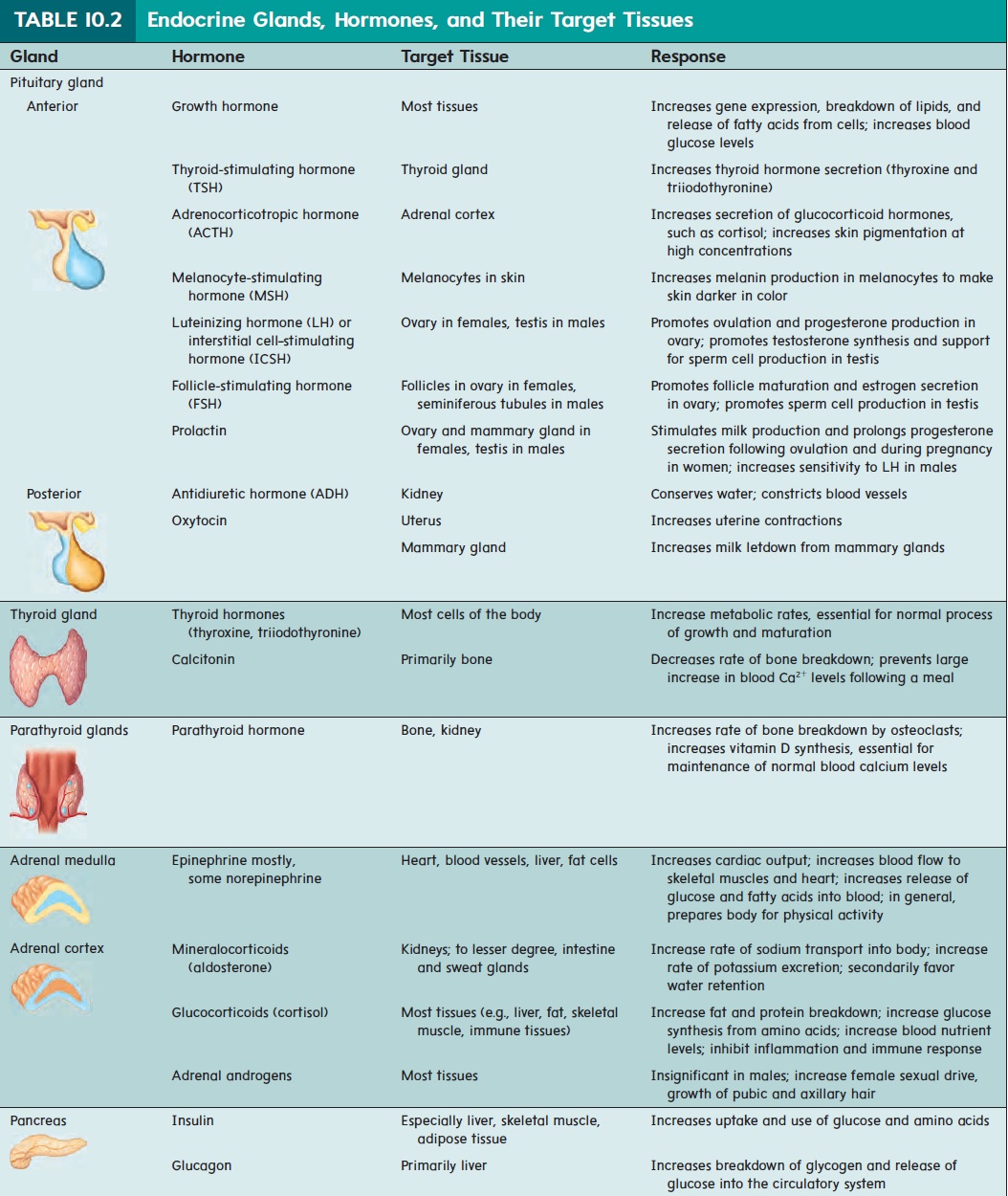
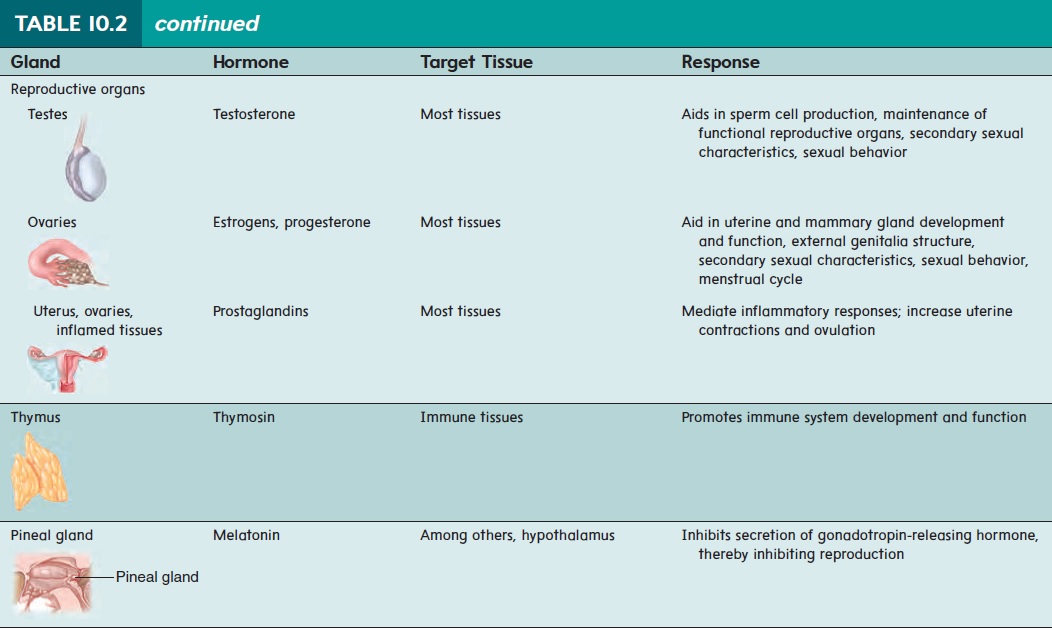
Related Topics